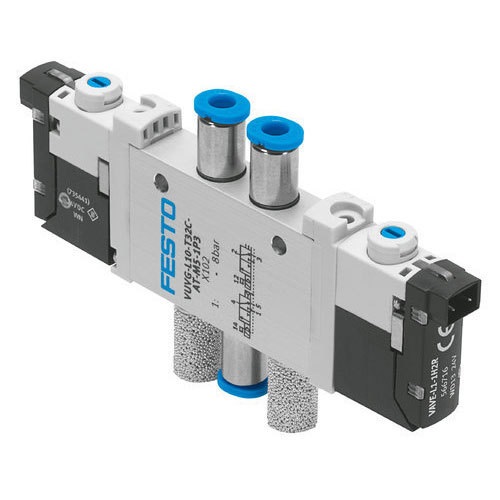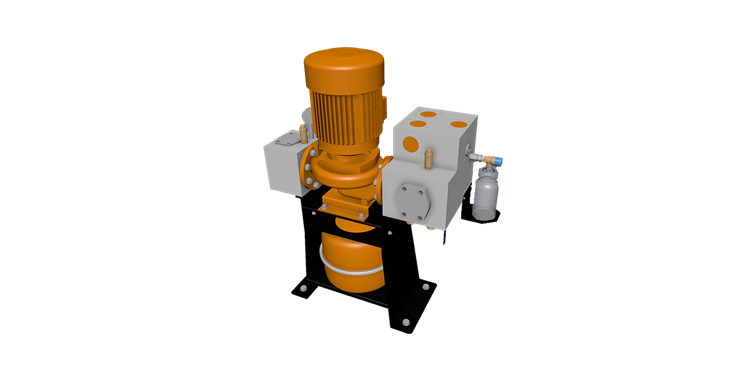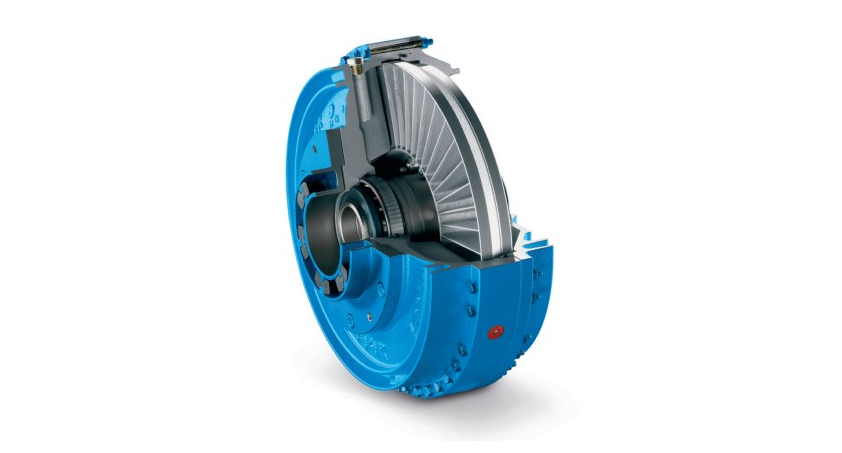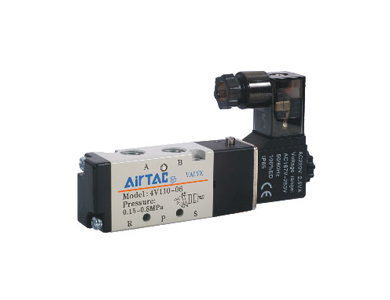What is a Pneumatic Valve?

Introduction
Pneumatic systems, driven by the force of compressed air, have become integral in various industrial applications. At the heart of these systems lies the pneumatic valve, a crucial component that regulates the flow and direction of air, enabling precise control over movements and gripping forces. In this article, we will discuss the construction, types, and advancements in pneumatic valve technology, exploring their evolution from traditional mechanisms to cutting-edge innovations.
Construction of Pneumatic Valves
Pneumatic valves play an important role in any pneumatic system. These valves not only regulate the quantity and direction of airflow, serving as control valves, but they also function as safety valves, capable of shutting off the air supply during hazardous situations or depressurizing the system for safety purposes.
Consisting of three essential elements, pneumatic valves are equipped with ports, a housing, and a controller. Ports, or connections, serve as openings for coupling, facilitating the passage of compressed air. The housing accommodates the switching mechanism, directing the air to the designated working port. The controller, operated manually, mechanically, pneumatically, or electrically, ensures precise timing in valve switching.
Different Types of Pneumatic Valves
3/2 Valve: Single Acting Power
The 3/2 valve, featuring three ports and two switching positions, supplies compressed air to one chamber, making it suitable for single-acting cylinders. The return stroke is achieved mechanically, often with a spring assembly.
5/2 Valve: Full Pneumatic Control
With two additional ports for working and venting, the 5/2 valve allows pressurization and exhaustion of two chambers. This configuration enables full pneumatic control of movements, enhancing the versatility of pneumatic systems.
5/3 Valve: Middle Position for Safety Applications
Similar to the 5/2 valve, the 5/3 valve includes an additional switching position known as the "middle position." This feature is crucial in critical safety applications, providing an extra level of control when no actuating signals are applied.
The Evolution of Pneumatic Valve Technology
In recent decades, pneumatic valves have undergone significant advancements, evolving from mechanical, manual, or pneumatic operation to the introduction of electrically operated valves. These valves utilize a magnetic coil and a control signal for switching, and they have become the predominant choice due to the widespread adoption of PLC technology in modern machines.
The innovation continued with the introduction of valve islands, a revolutionary concept consolidating multiple valves into a single, more efficient component that is quicker to install and more compact. The latest trend in valve technology, the Motion Terminal, represents a breakthrough in Digital Pneumatics. This development allows for dynamic functionality by assigning various functions to valve positions through software apps, offering a broad spectrum of new possibilities.
Conclusion
Pneumatic valves, pivotal in the functionality of pneumatic systems, have evolved significantly over the years. From traditional mechanical and manual operations to the current era of Digital Pneumatics, these valves continue to play a crucial role in industrial automation. Understanding the construction, types, and technological advancements in pneumatic valves is essential for harnessing the full potential of pneumatic systems in diverse applications.
HVH Industrial Solutions is an authorized distributor of AirTAC & Coilhose Pneumatics, and we offer a wide range of their pneumatic products. We work closely with their engineering team to provide superior customer service and engineering support.
If you have any questions, write to us via live chat or call or send us a quote request. The HVH team is always ready to help you.


